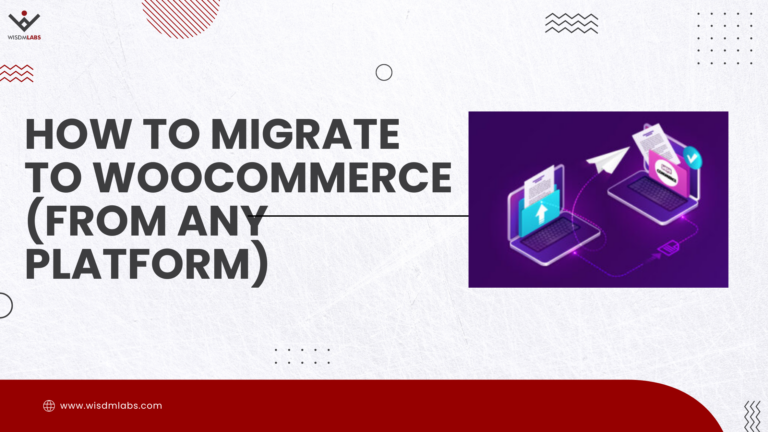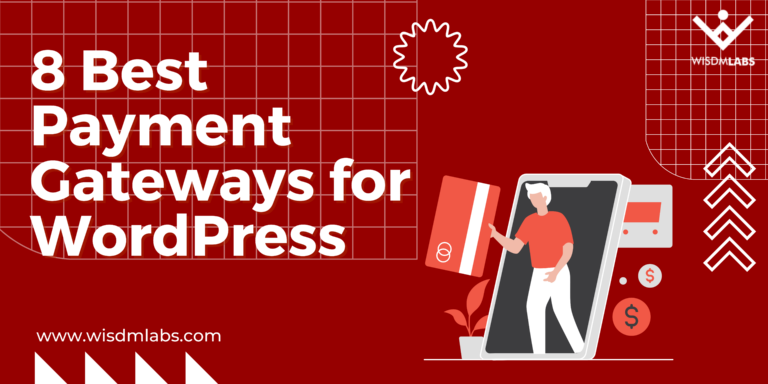This is a guest post by Tracy Vides. If you’d like to contribute to our blog, feel free to get in touch with us.
Consumerism as we know it has seen a drastic shift in the past few years. New technology has provided a simple choice for shoppers. They can either (a) fight crowds at a physical store to look for the items they need, or (b) browse online catalogs and make purchases in the comfort of their homes. This distinction forms the origins of the “Retail Apocalypse.”
According to Invesp, the percentage of total ecommerce sales is trending upwards across the globe.

It’s become blatantly clear that online is going to take an even bigger role in retail as time goes by.
Currently, we are in an era of transition. Although the general feel of shopping has changed, there are plenty of brick-and-mortar values that made brands successful in the past, which can easily be brought over into the world of ecommerce.
Let’s talk about a few of the major ones.
Keep the Emphasis on Customer Service
Perhaps the most common myth about ecommerce is that personalized customer service becomes practically non-existent. True, there is something to be said about the lack of a physically present humans to answer questions or help choose a product. For one, just the notion of having to call a support line and wait on hold is enough to frustrate any customer these days.
However, this does not mean a customer should be lost every time they are unsure or have a query. In fact, there are plenty of methods and channels online stores can use to actually improve customer service while selling online.
The key to providing stellar ecommerce customer service is simply being timely in responding. One of the best ways to achieve this is with live chat. A Zendesk study found that this medium led to 92% customer satisfaction and is the most preferred approach to customer support.
Aside from instantaneous responses, the biggest advantage of using live chat is agents are able to assist multiple customers at once, as opposed to just one at a time with voice.
Velaro is a fantastic live chat tool with features designed specifically for ecommerce. Using the software, you are given reports on engagement levels, workflows, routing, and security. If you run multiple websites, you can manage all of your live chat functions in one centralized platform.

Keep in mind, customer service can expand beyond the actual website. The Sprout Social Index recently found that social media has emerged as the second most important channel for consumer complaints now:

As a result, many businesses are putting social media to good use as a vehicle for communicating with their customers. For example, if you go to Finish Line’s Facebook page, you easily notice the option to start a chat with them:

Ultimately, for ecommerce brands to be successful in customer service, they must be easy to reach. Impatience is a common trait in today’s consumers and they are quick to move on if needs aren’t being met.
Adapt your Supply Chain Strategy
The supply chain is the foundation of both online and offline retail. In any form of this concept, the need and susceptibility to adapt will always be a critical part of the process.
Ecommerce has brought gargantuan change to this area of business operations. In today’s highly competitive landscape, any lapse in judgement can result in huge problems and harm the bottom line.
Therefore, having a flawless supply chain strategy is imperative. There are many components that make up this entity. For ecommerce, there are six major factors to consider.
- Inventory cost – The total cost of storing everything you sell
- Valuation – How much the items in your inventory are worth and puts a value on your major assets
- Quality control – Finds potential inefficiencies throughout the manufacturing stage
- Sales channels – The primary outlets via which goods are sold to consumers
- Warehousing – The entire process of how your inventory is packed, stored, and shipped
- Fulfillment – How well demand is being met and orders are being closed
A constant task ecommerce businesses are faced with is finding ways to optimize their supply chain to increase revenue. Luckily, the rise of big data has helped shed light on in-depth solutions to help online businesses adapt more accurately to the world around them.
There are platform-specific ecommerce solutions that identify trends in factors like historical sales data, pricing, state of the economy, etc. For example, Forecastly is a tool for Amazon sellers that lets them minimize arbitrary guesswork and foresee potential issues in their supply chain management system in real-time.

The end goal is to eliminate as much waste as possible in meeting demand requirements. Failing to utilize and acclimate to the hard numbers will put any ecommerce brand at a huge disadvantage.
Personalize the Experience
Another major misconception about ecommerce businesses is they aren’t able to provide personalized shopping experiences. In reality, personalization has just taken on a different meaning and is absolutely vital for success. In fact, an Infosys report revealed that 86% of shoppers admitted that personalization plays a major role in their purchase decisions.
Businesses can switch out the friendly smiles in a physical store with things like targeted product recommendations and relevant promo codes. Amazon has been doing this successfully for years, with the help of machine learning and automation.
Essentially, ecommerce brands can gather data on shoppers’ browsing behavior by analyzing their interactions with the site, and use algorithms to provide suggestions tailored to individual interests. If you do it right, you can isolate buying habits and alter your messaging to provide a unique brand experience to each customer.
A tool that can help in this area is Windsor Circle, a lifecycle automation software designed for the likes of predictive marketing and customer retention. It can be integrated with a wide range of ecommerce and email marketing platforms to provide personalized shopping interactions through the use of detailed analytics.

The trick to creating authentic, individualized experiences comes down to the ability to put the right content in front of the most interested eyes. Businesses now have the means to do so automatically.
That being said, ecommerce businesses are actually in a better positon to provide a more meaningful retail environment that accurately points customers in the right direction.
Final Thoughts
While ecommerce may not exactly be ramrodding retail, it’s constantly changing the status quo and finding new ways to achieve success. However, the foundational tactics practiced throughout centuries of brick-and-mortar business operations will always hold merit, and it’s important to keep them close. Advancements in tech only find ways to re-define the core processes. Retailers need to stay on top of what their customers want and do more of what works for them!
About the Author
Tracy Vides is a digital strategist who works with startups and ecommerce retailers on building their brands. Tracy is also a prolific blogger – her insights are regularly featured on Digitalist Mag, Business 2 Community and Usability Geek. Connect with her on Twitter @TracyVides for a chat anytime!










